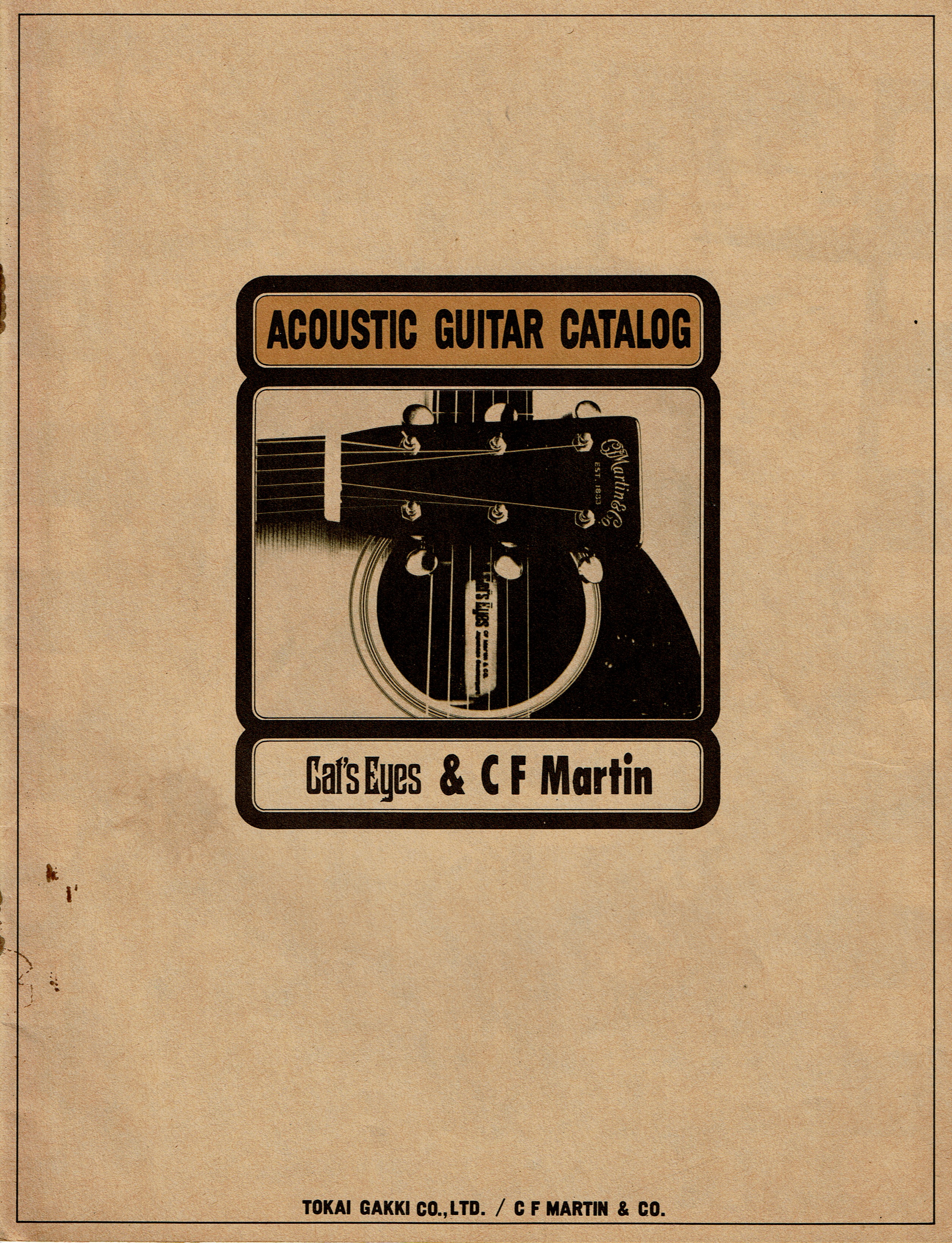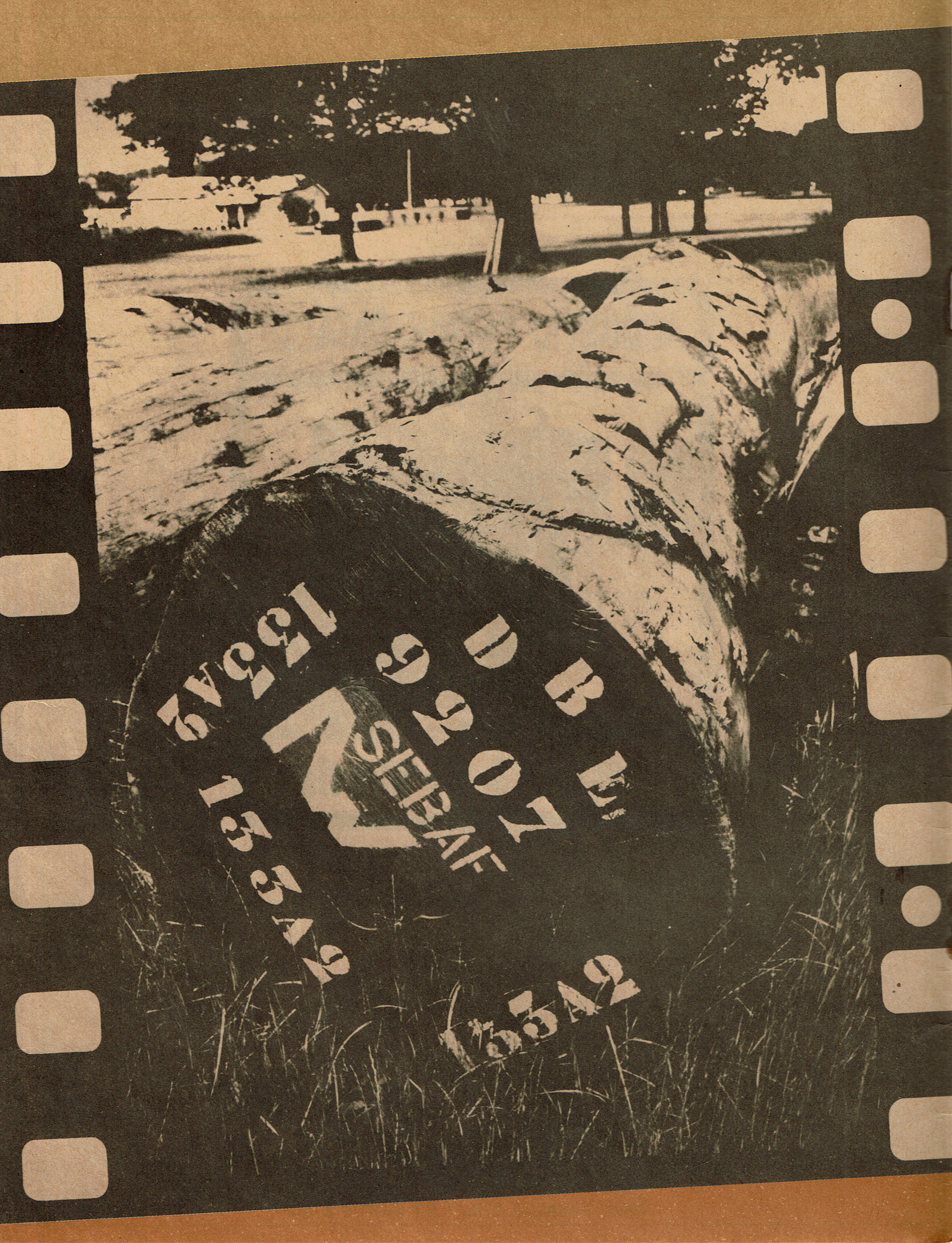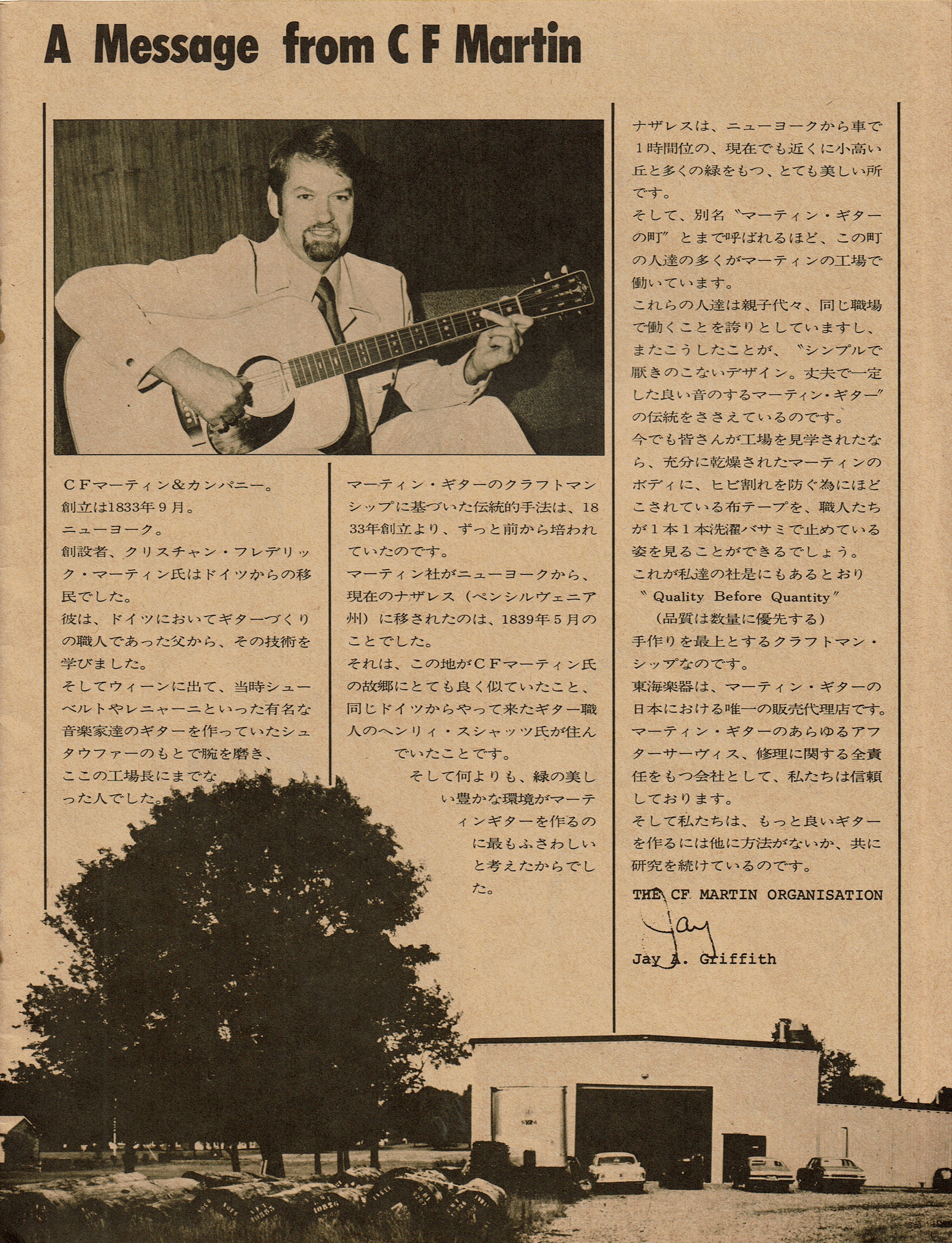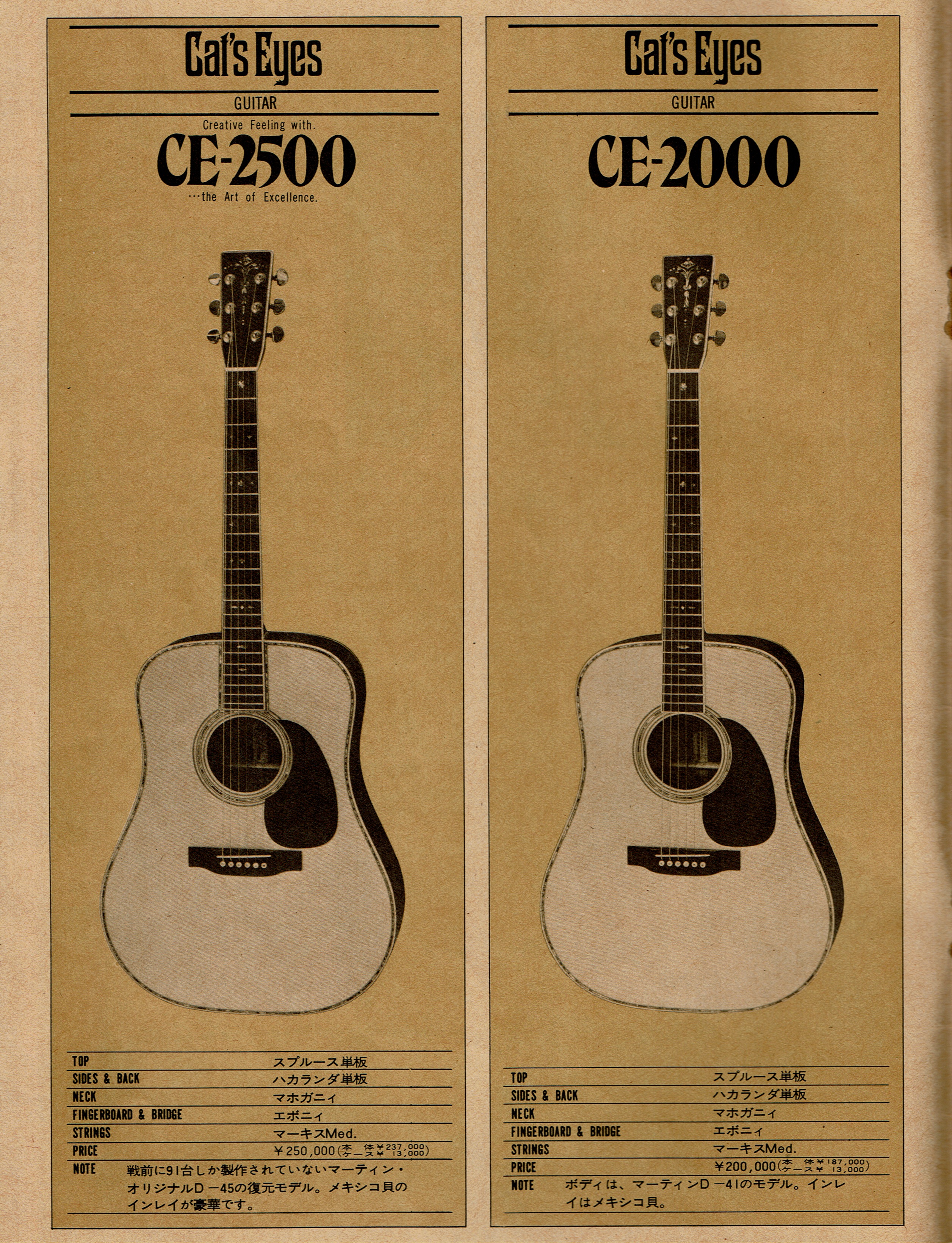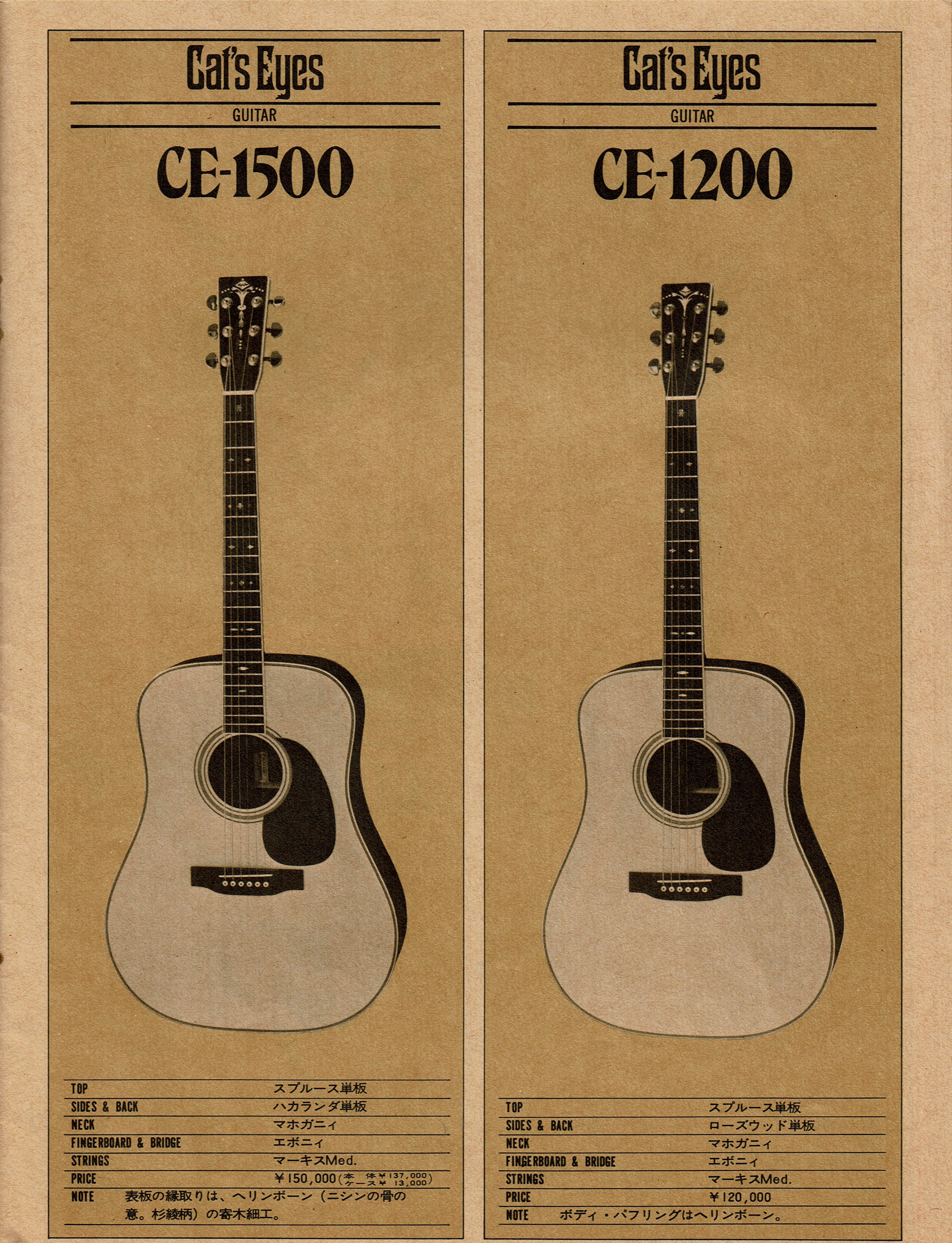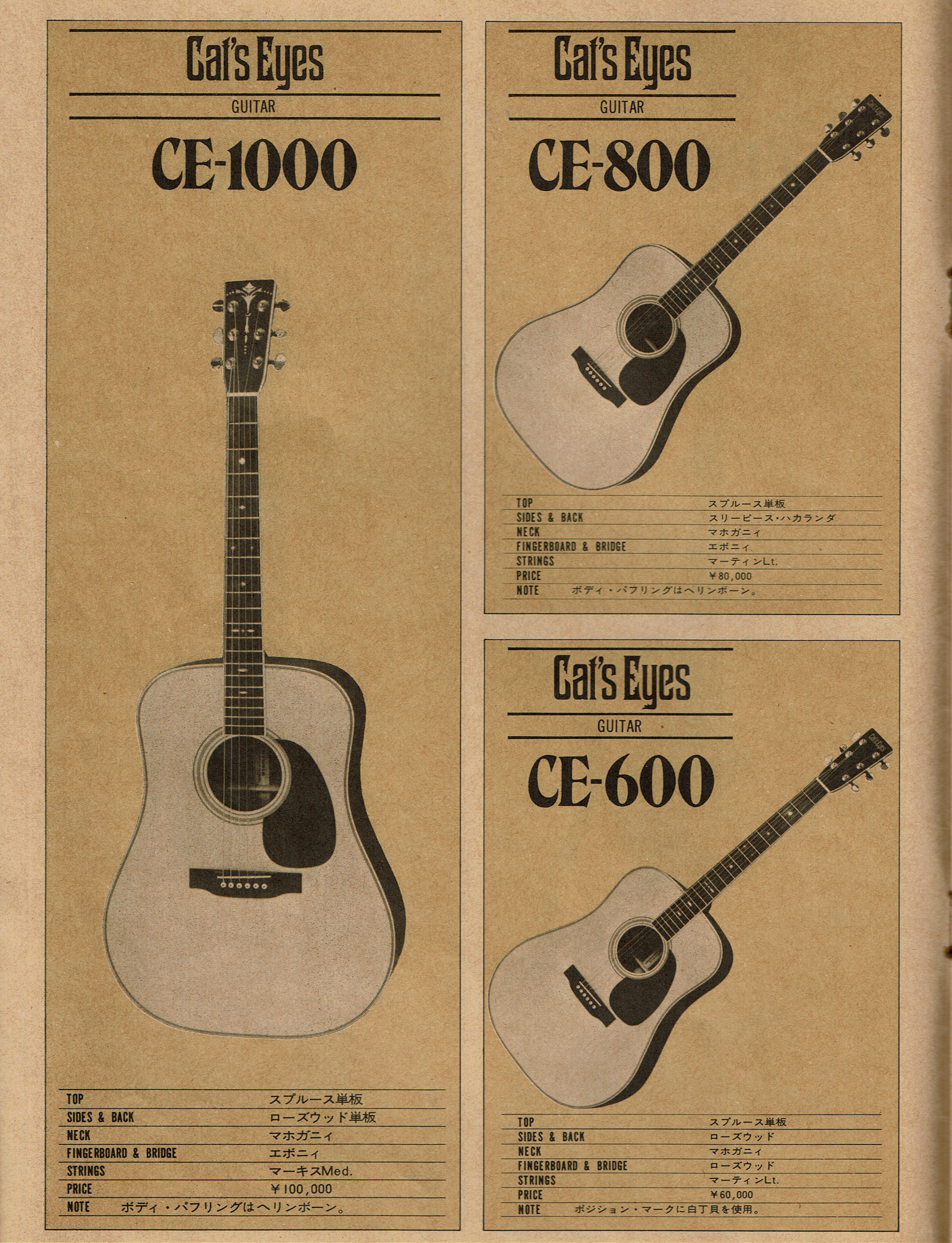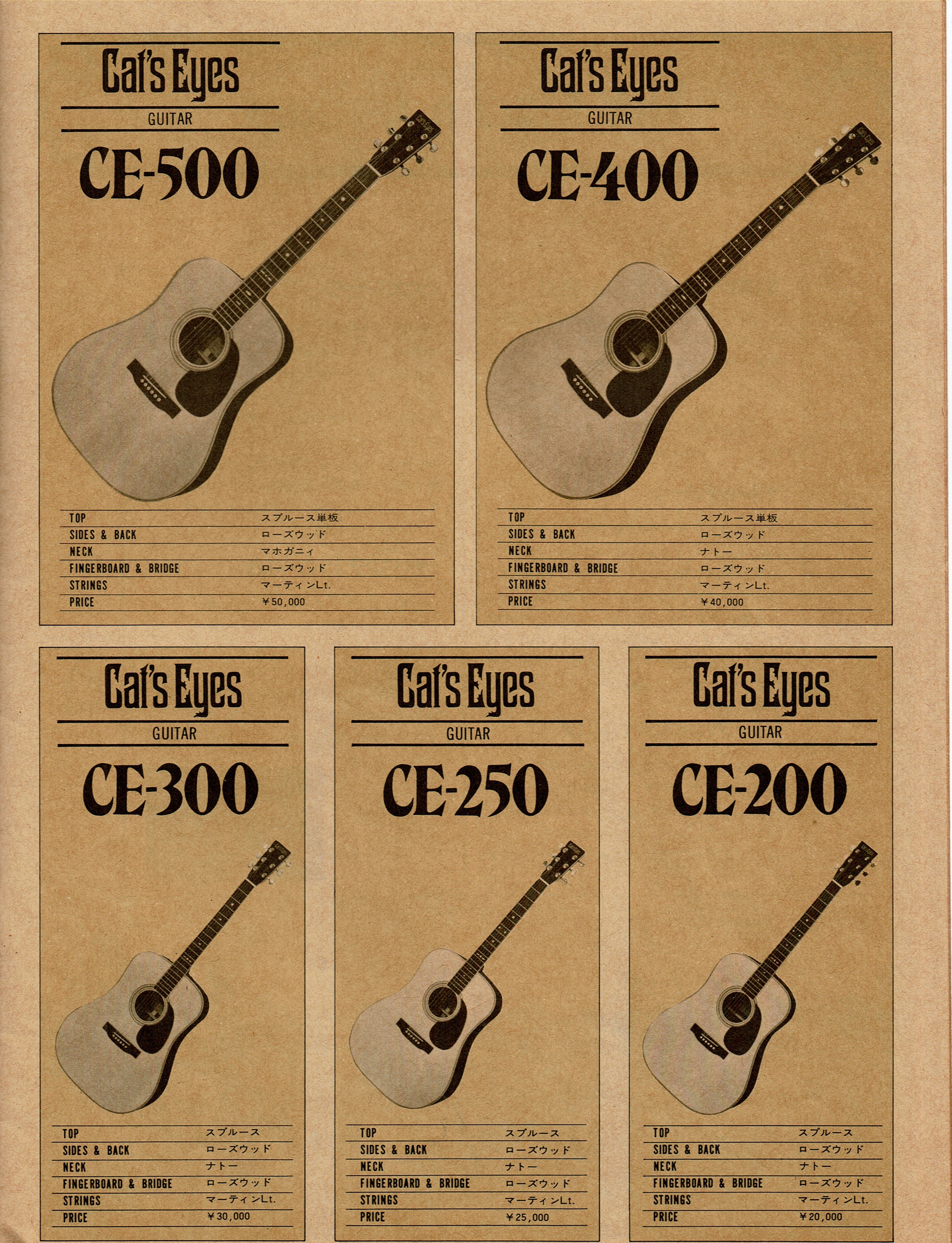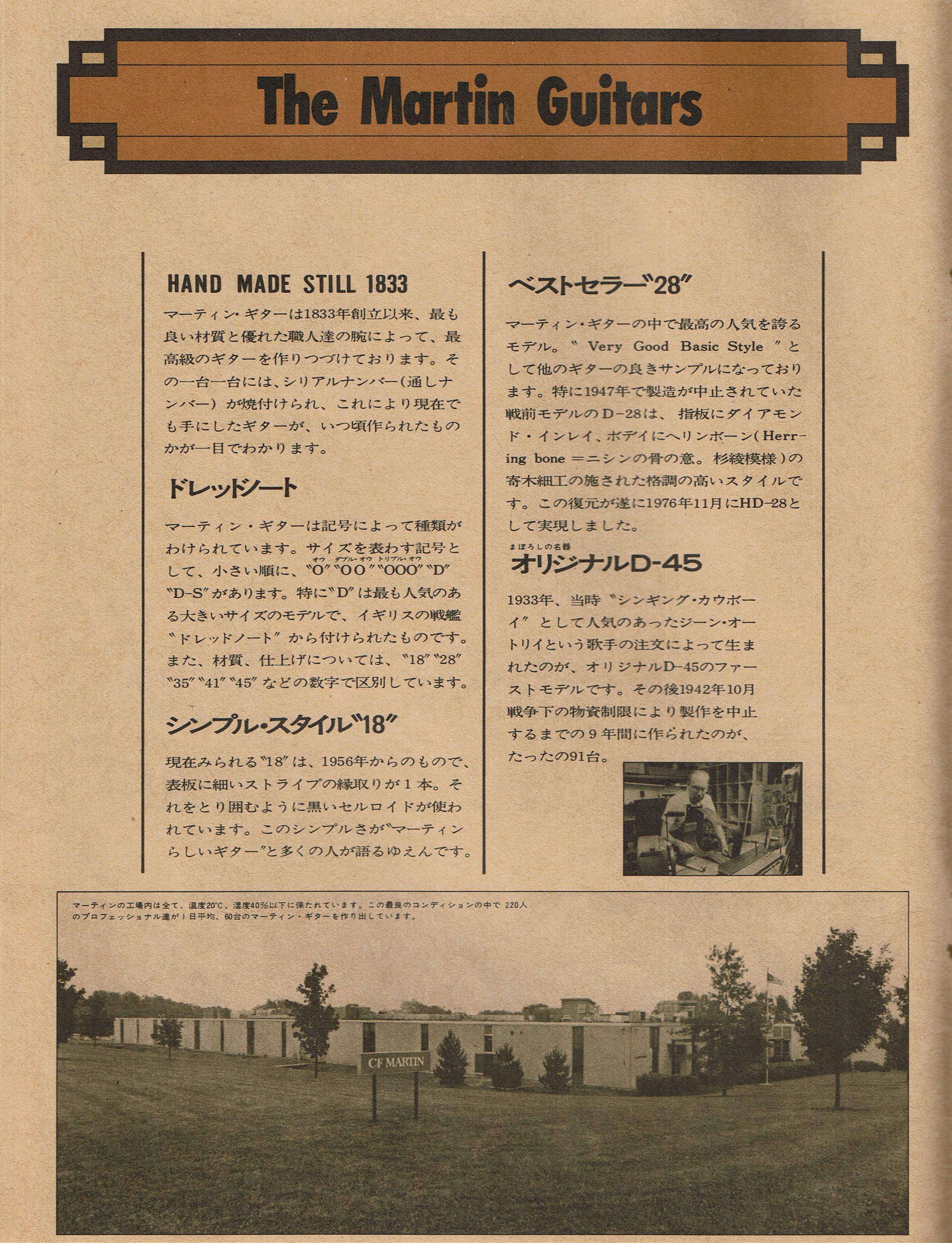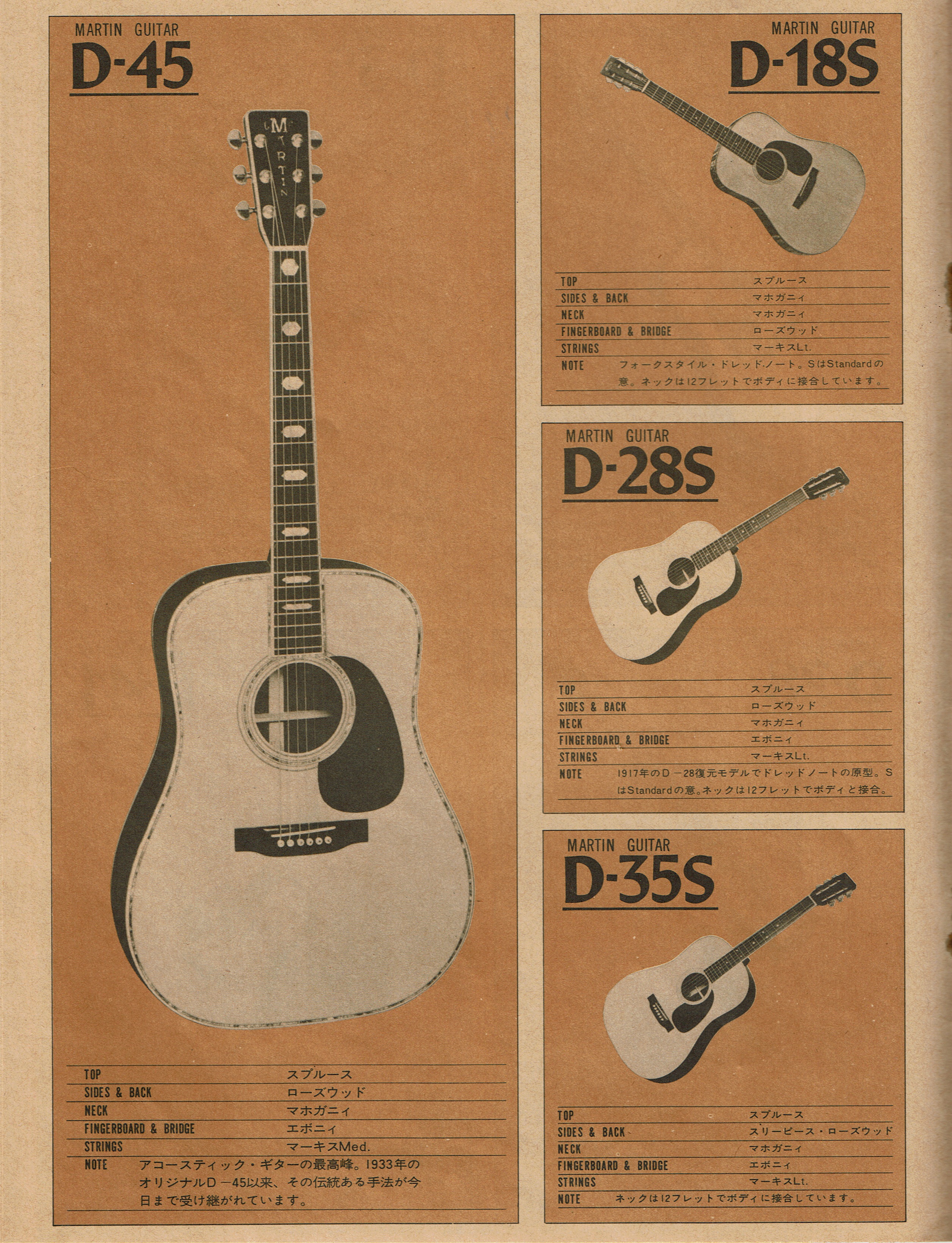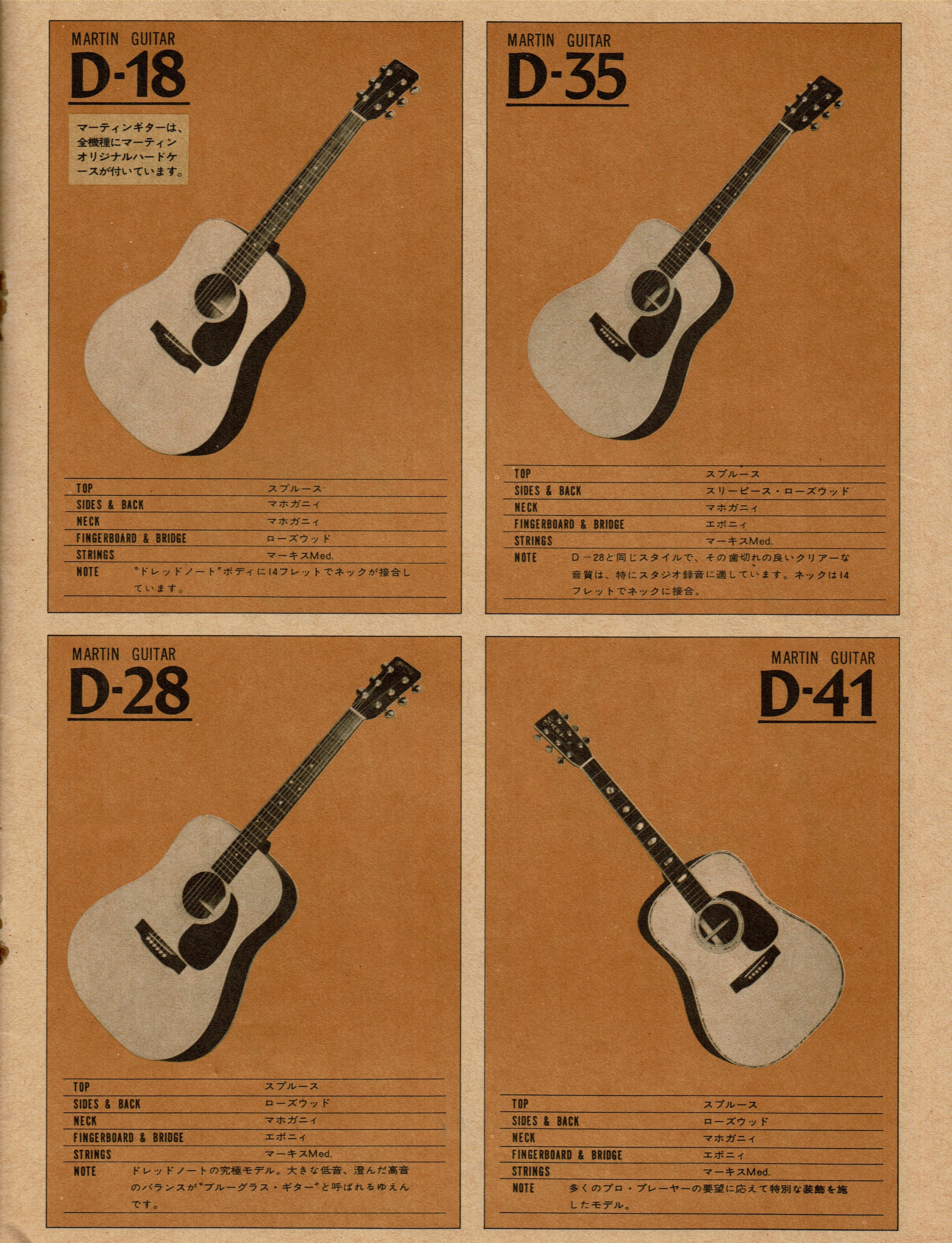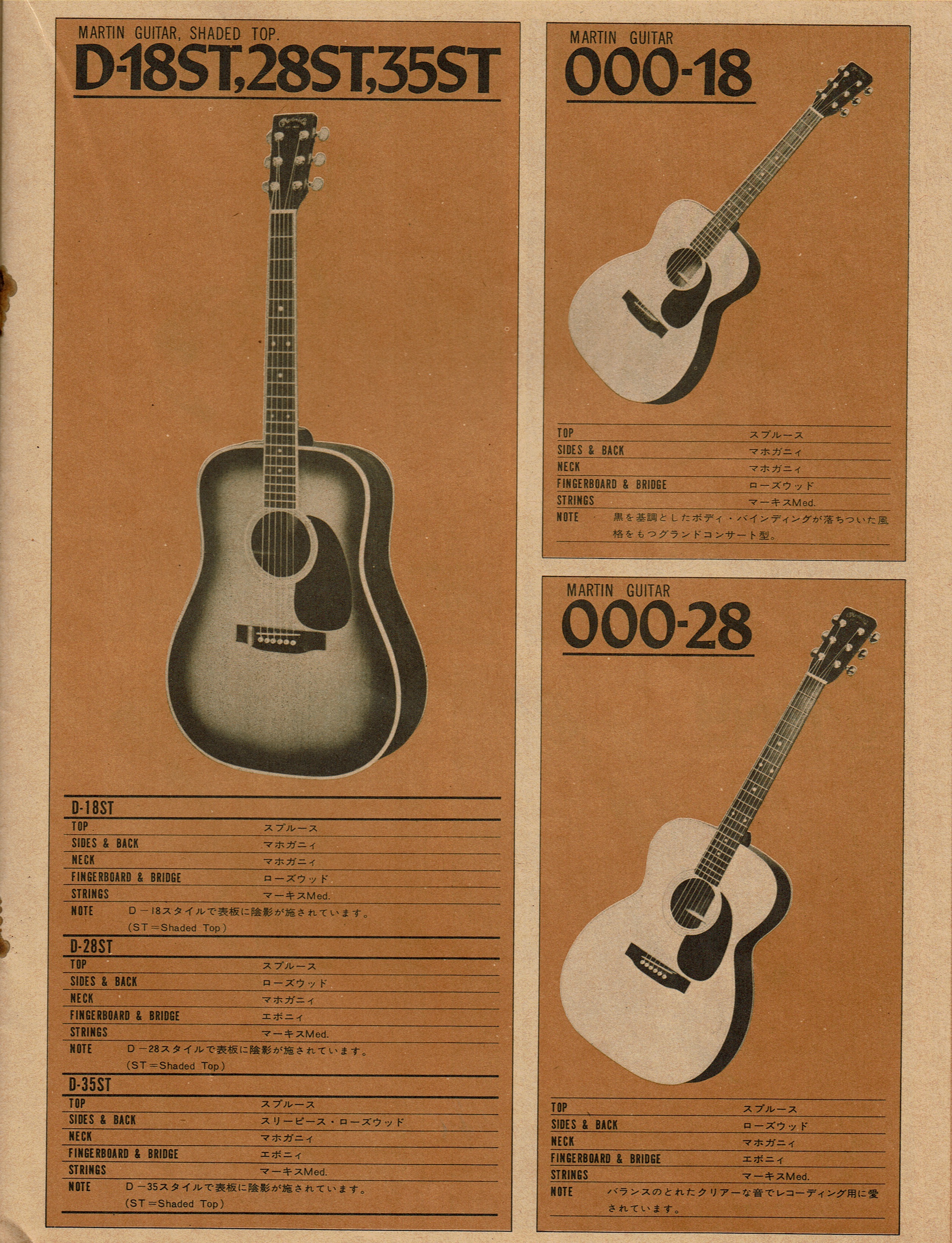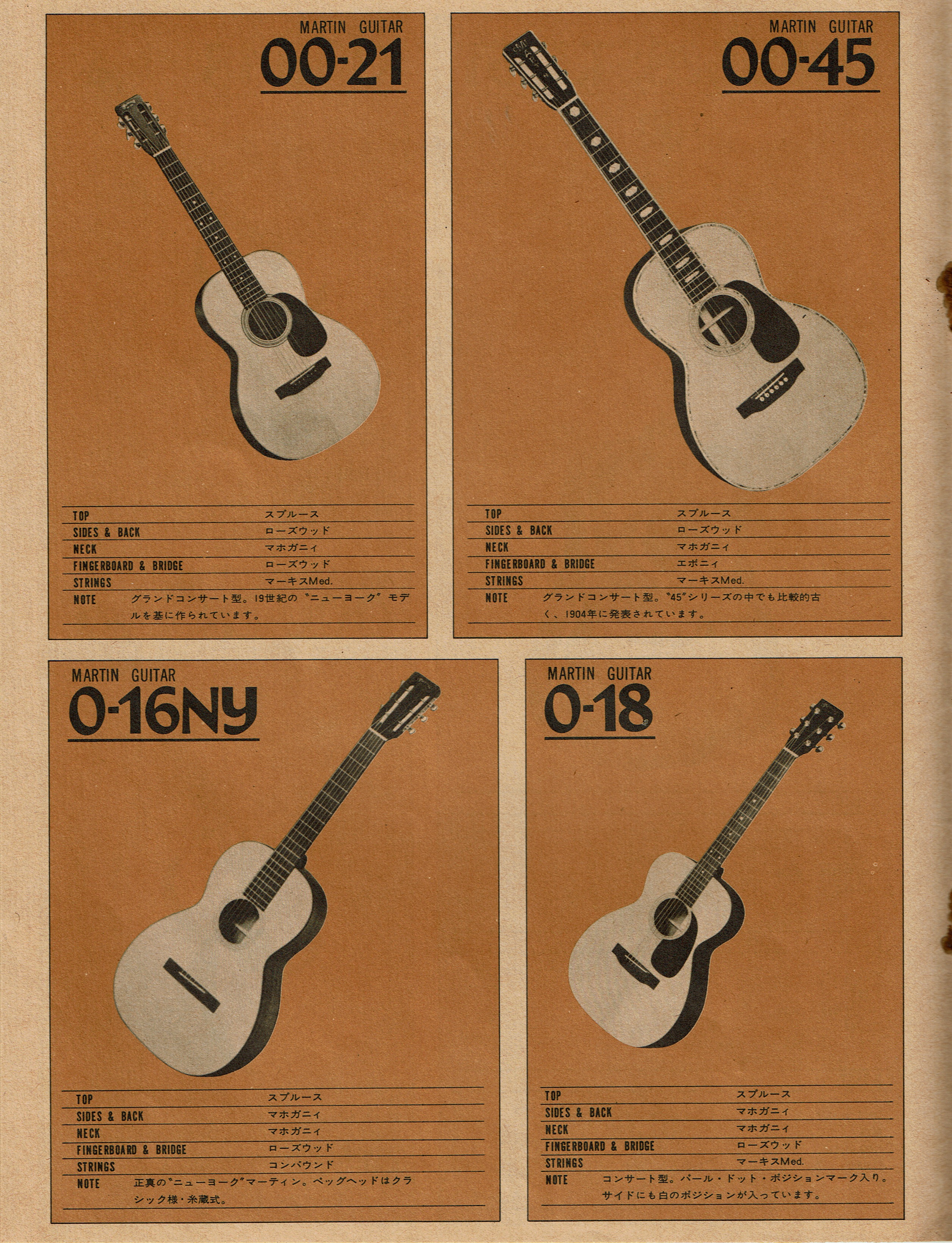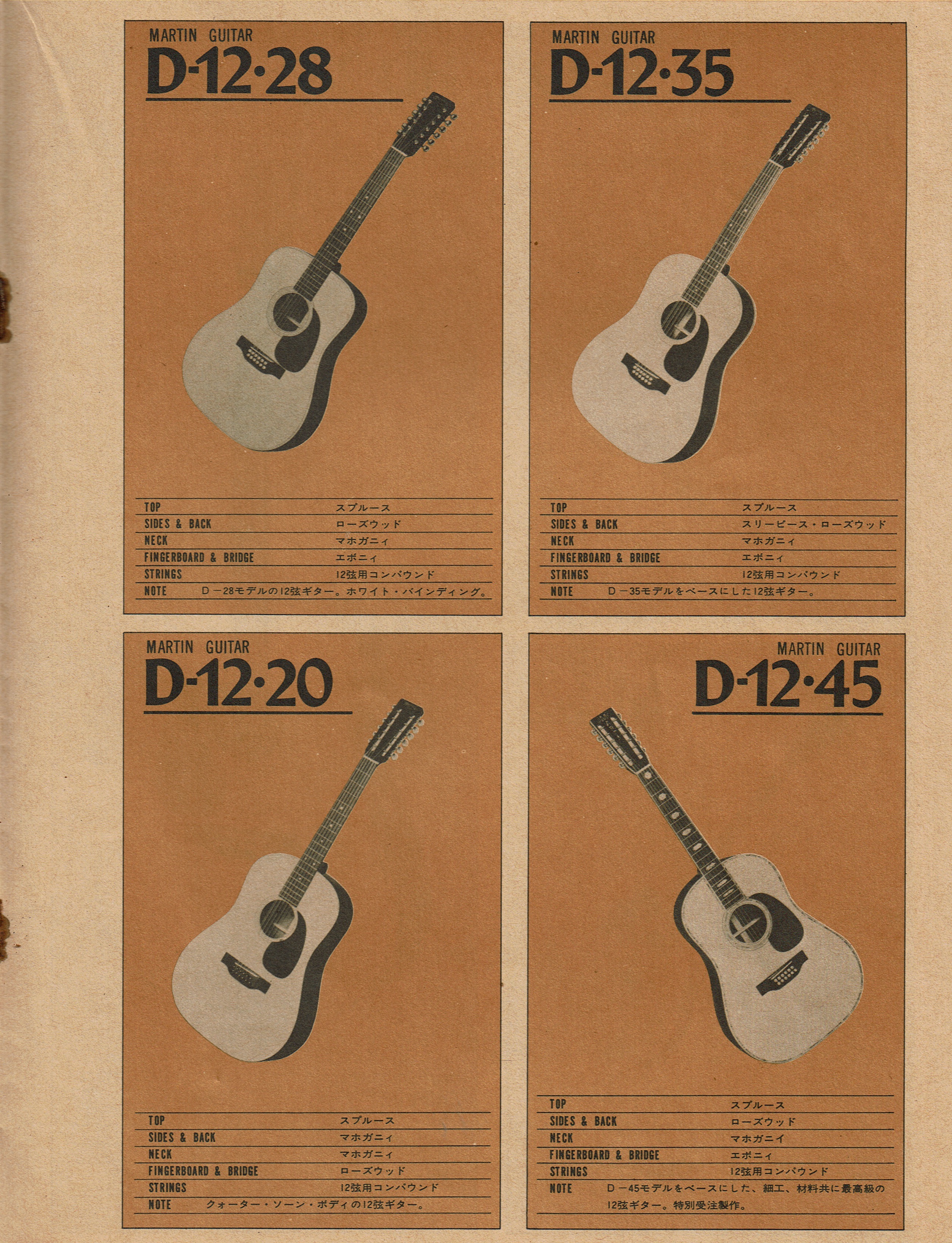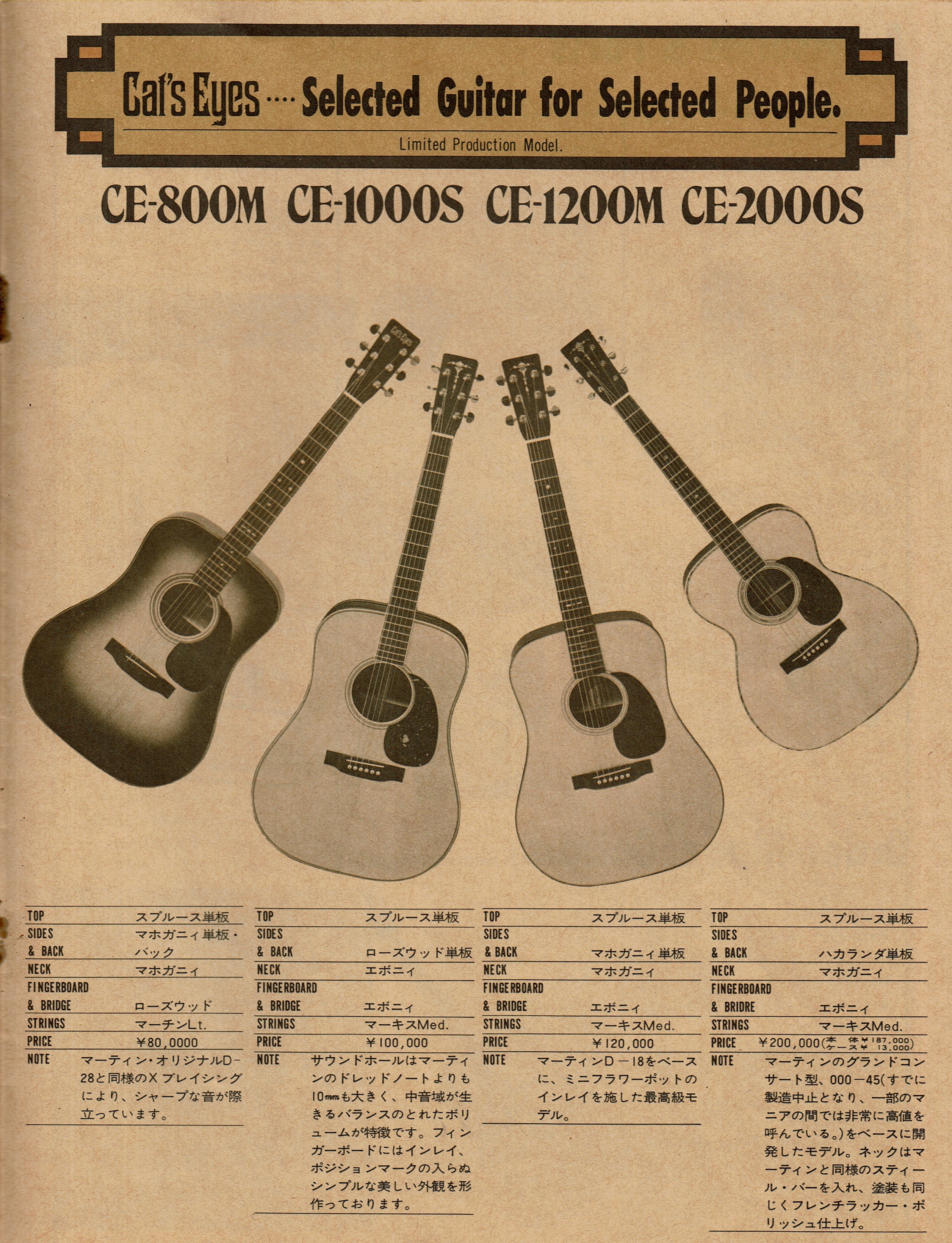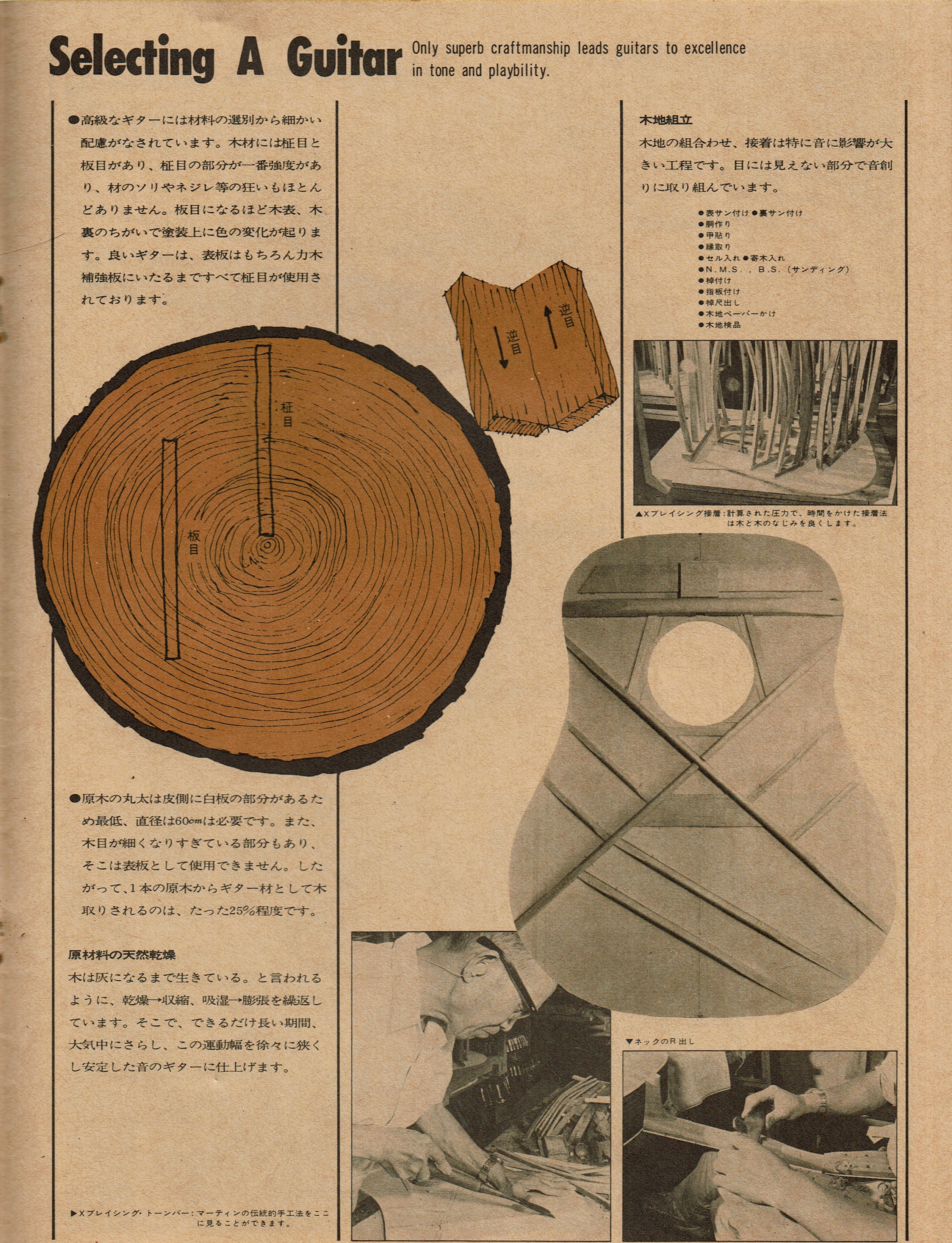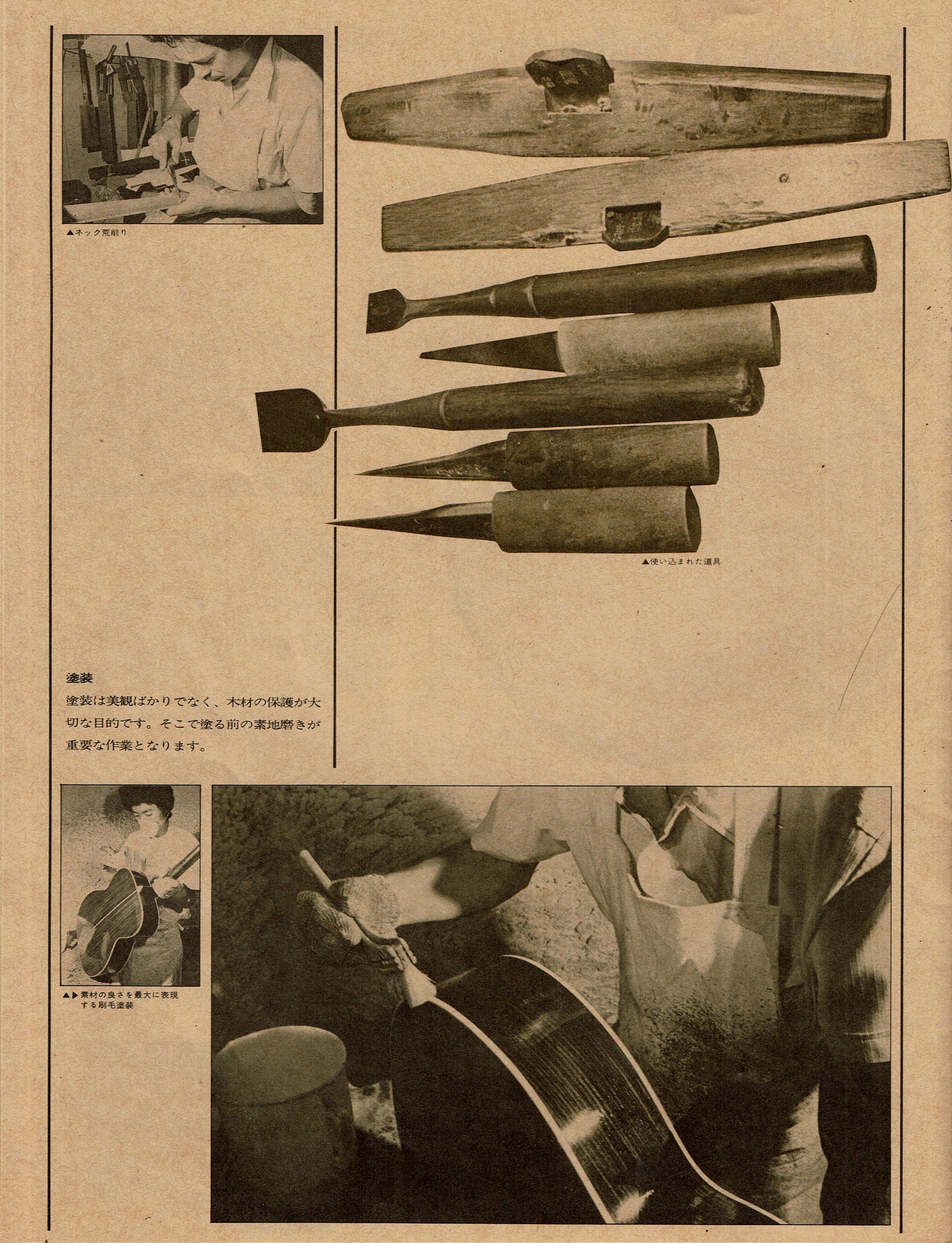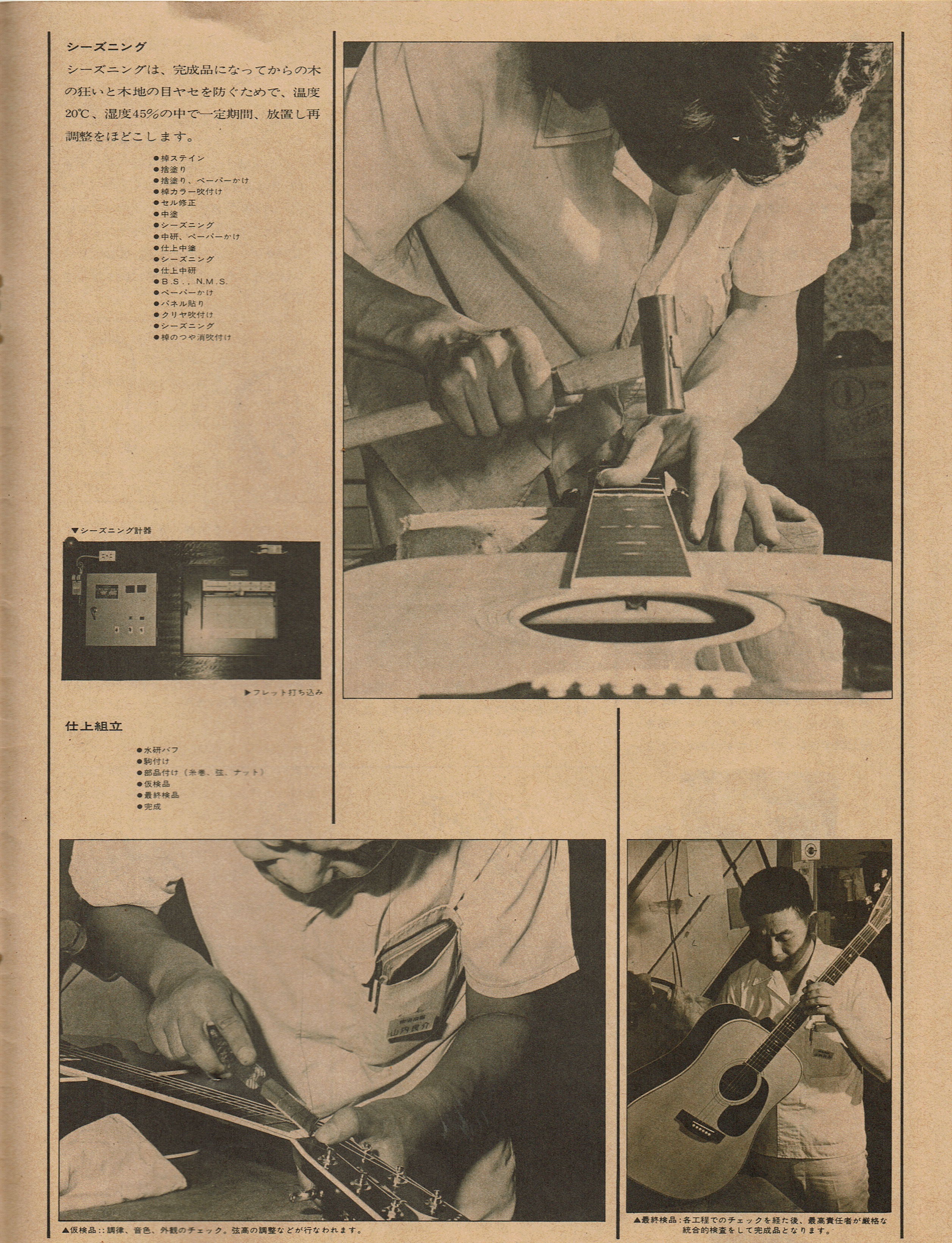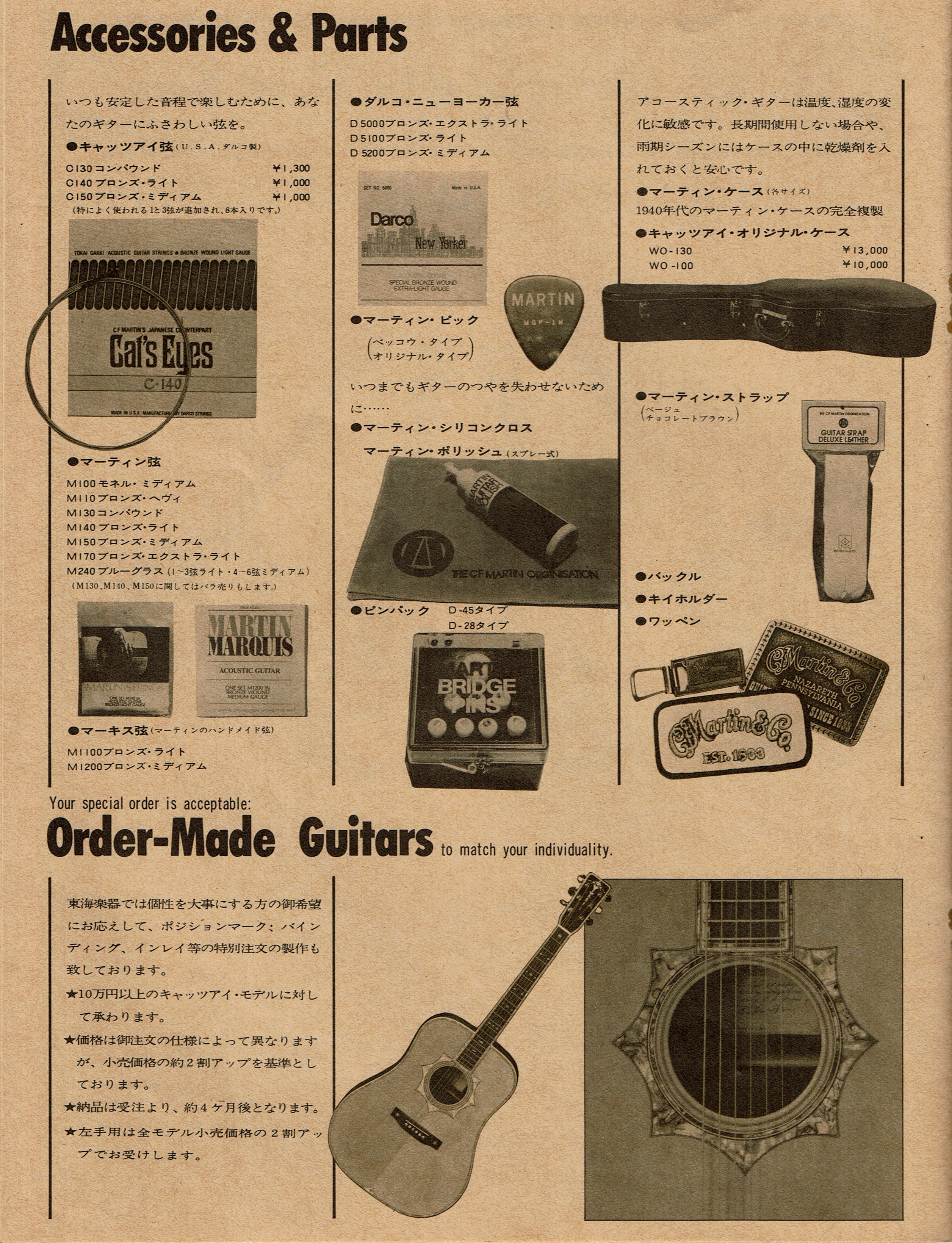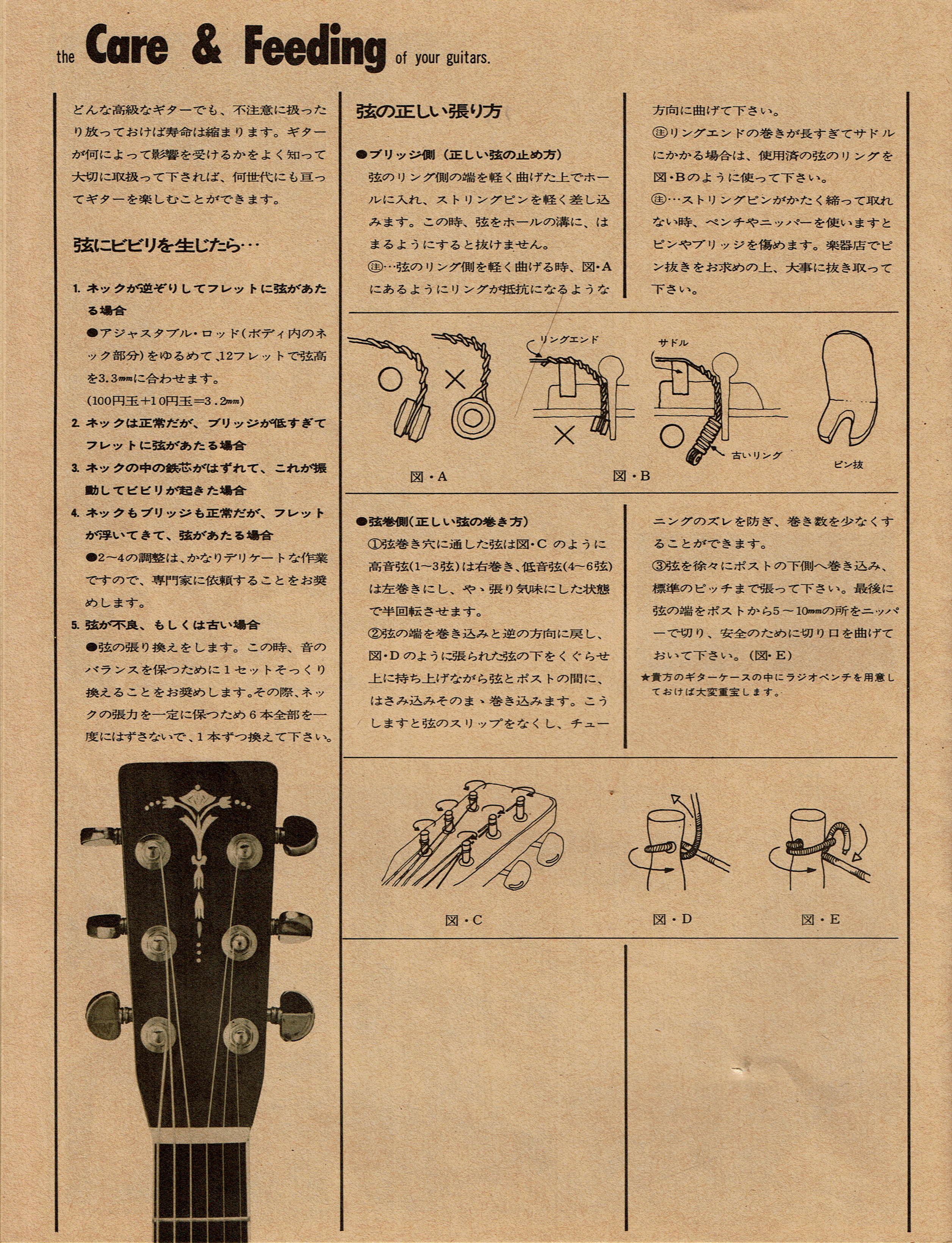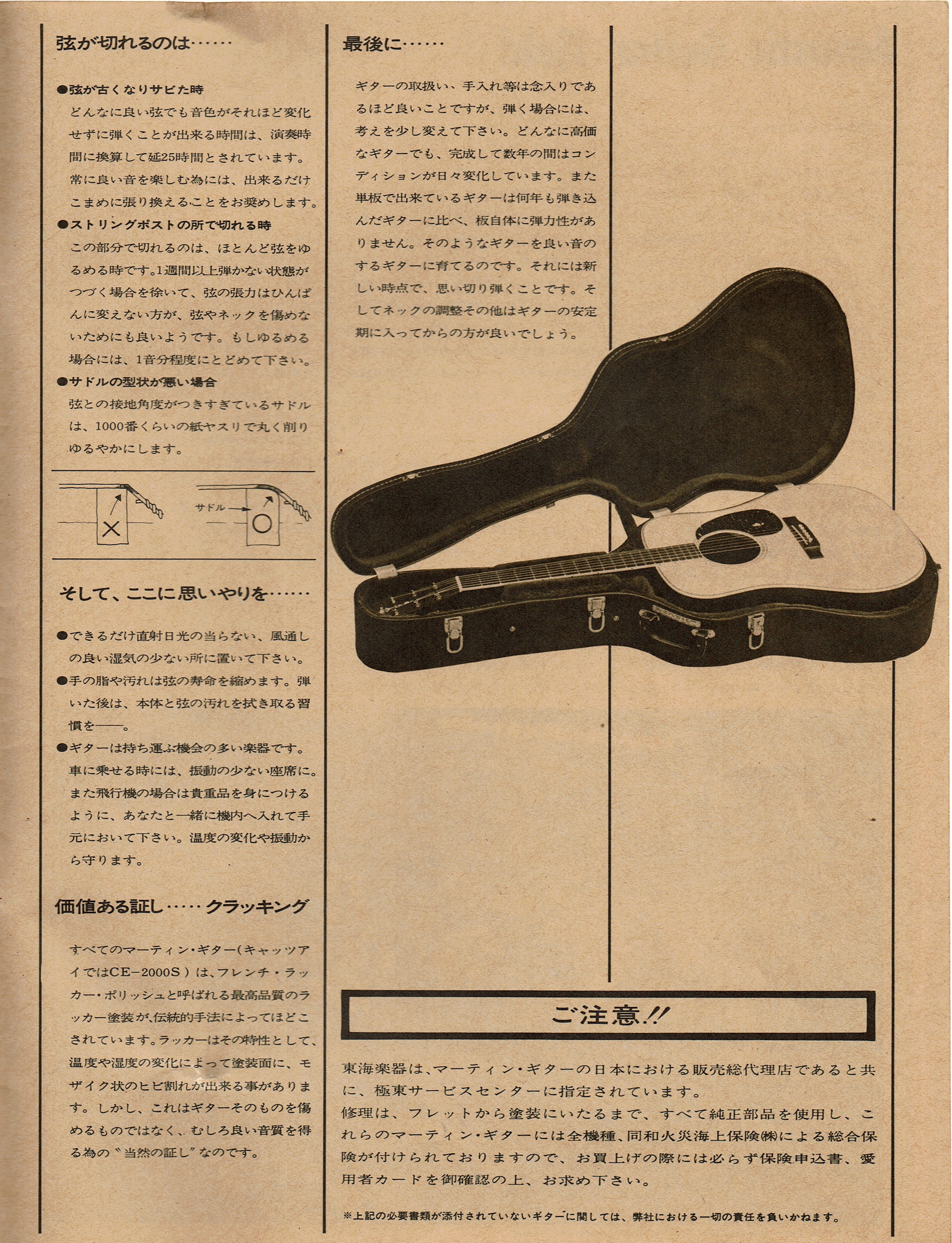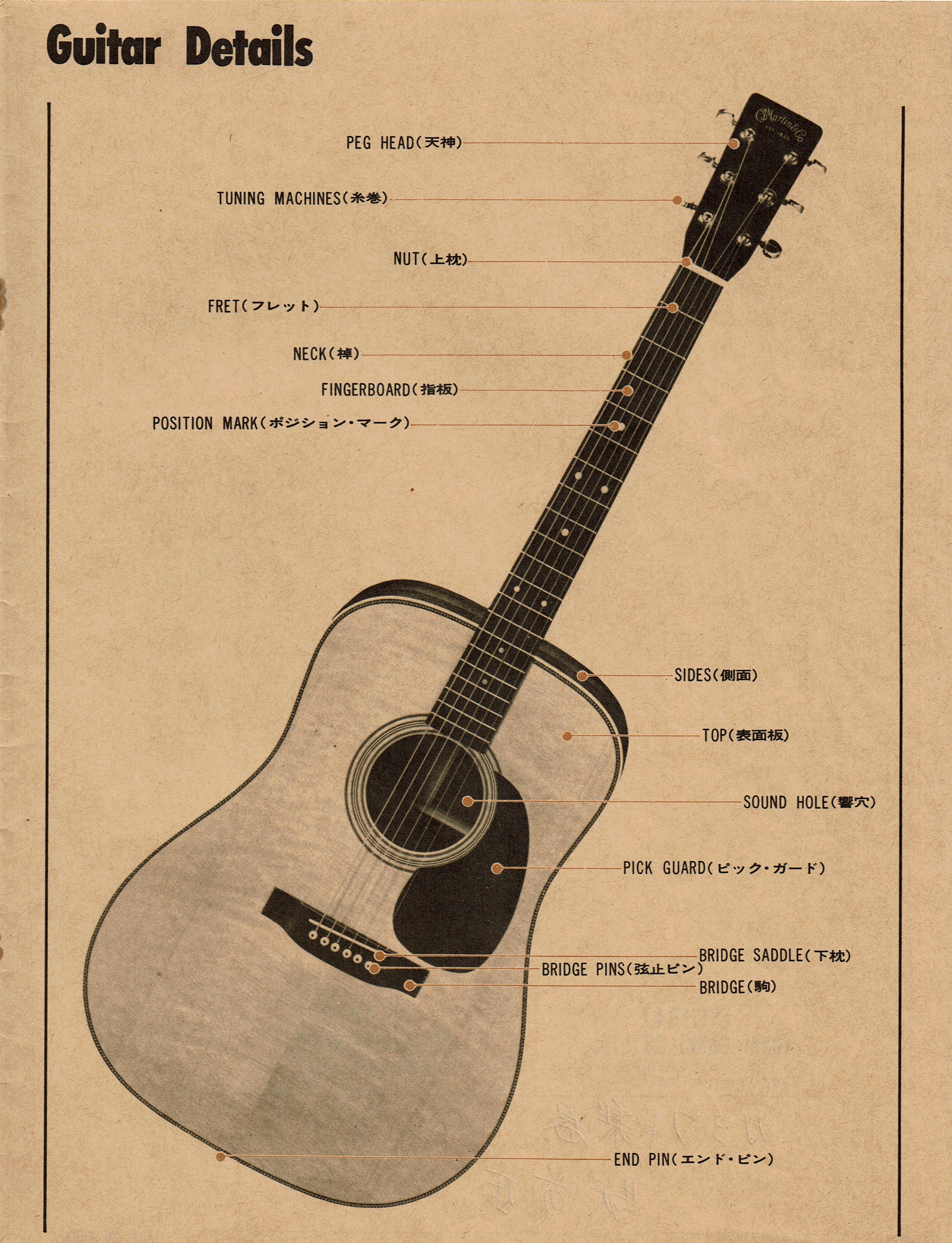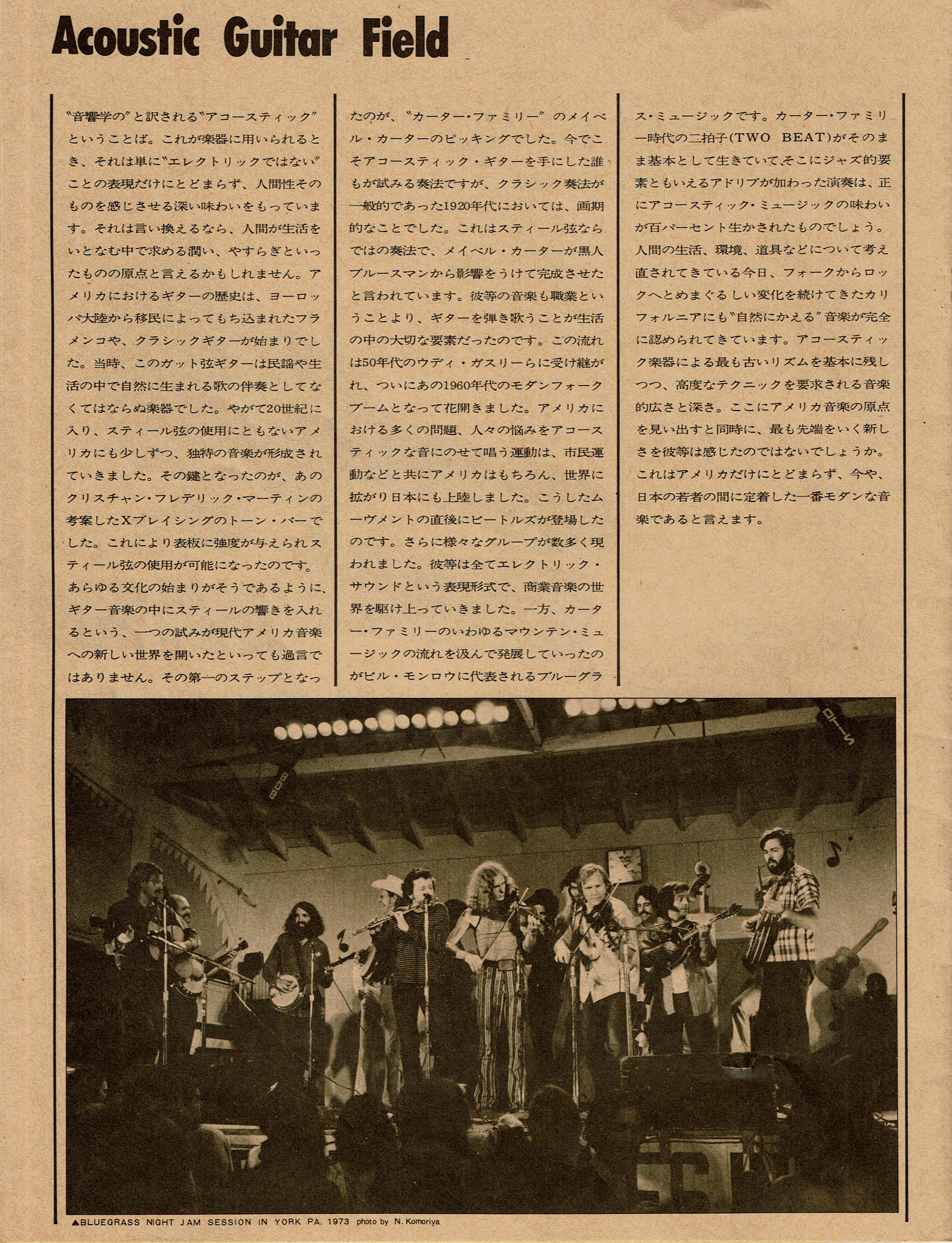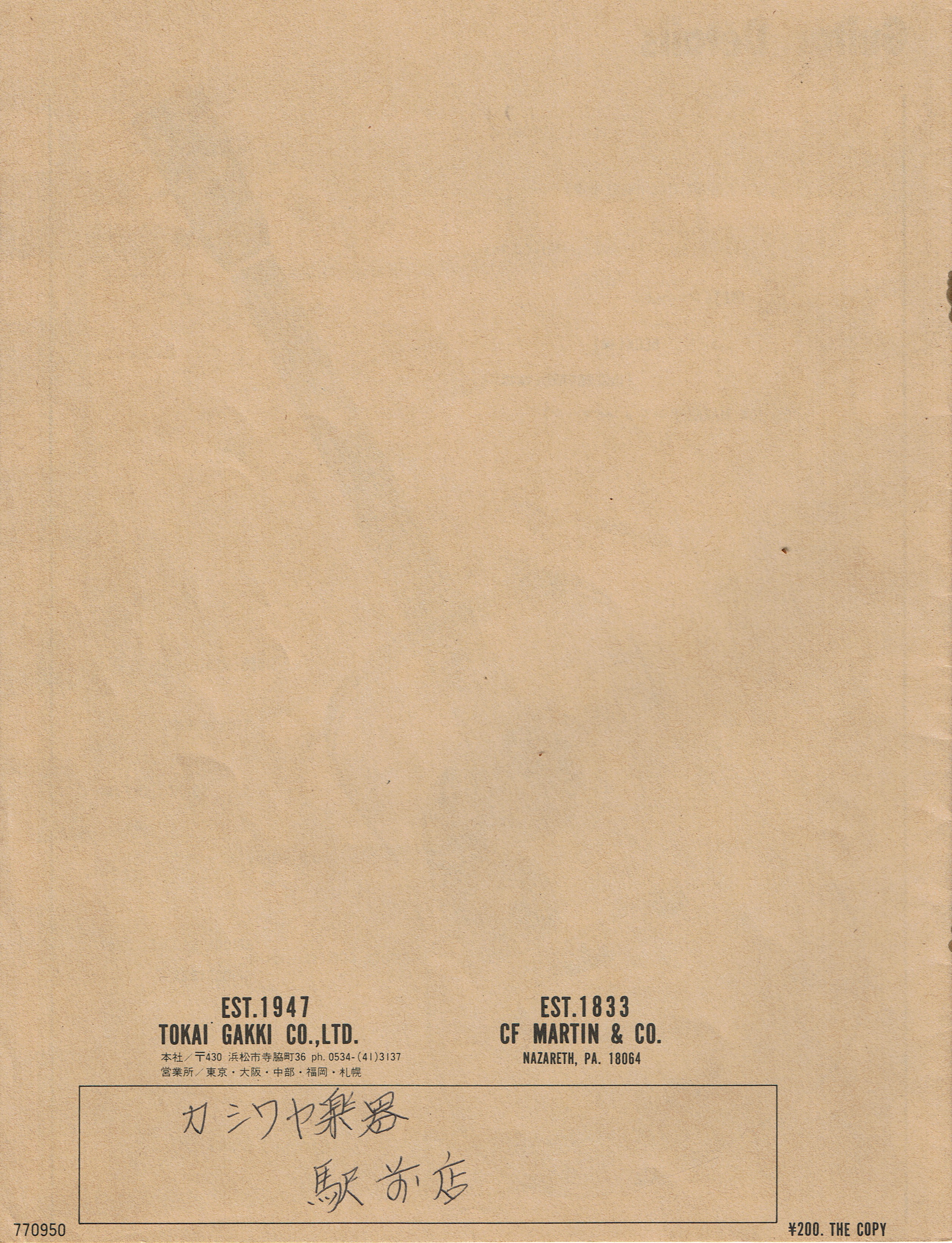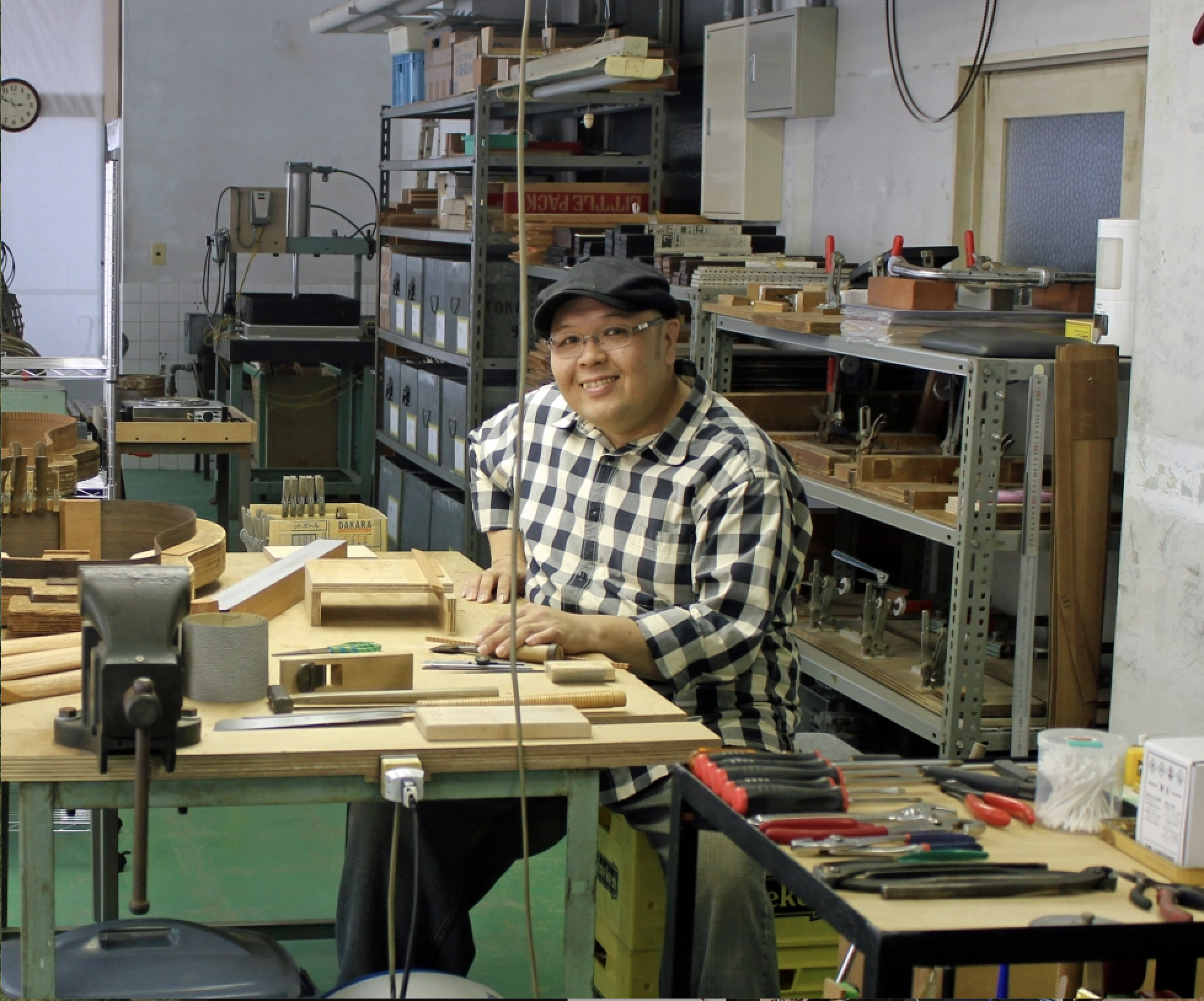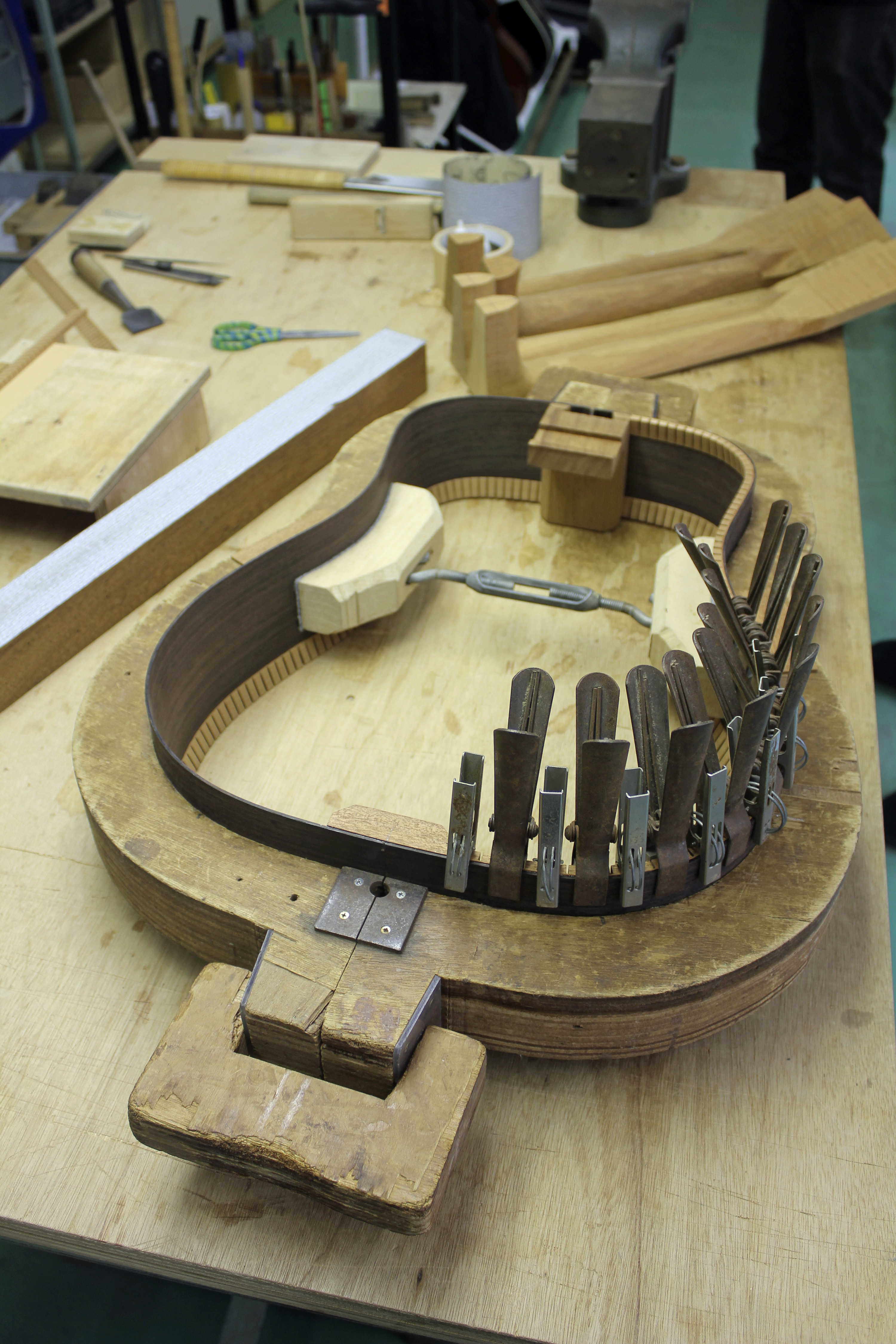Your special order is acceptable:
Order-Made Guitars to match your individuality.
At Tokai Gakki, we also manufacture special orders such as position marks: bindings, inlays, etc. in response to the wishes of those who value individuality.
★ We accept orders for Cat's Eye models over 100,000 yen.
★ The price varies depending on the specifications of your order, but it is based on a 20% increase in the retail price.
★ Delivery will be approximately 4 months after receiving the order.
★ For the left hand, we will accept a 20% increase in the retail price of all models.
Care & Feeding the of your guitars.
Careless handling or neglect of any high-end guitar will shorten its lifespan. You can enjoy your guitar for generations if you know what makes it so good and treat it with care.
If the strings are chattering ...
1. If the neck is turned upside down and the strings hit the frets
● Loosen the adjustable rod (neck inside the pod) and adjust the string height to 3.3mm at the 12th fret. (100-yen coin + 10-yen coin = 3.2mm)
2. The neck is normal, but the bridge is too low and the strings hit the frets.
3. When the iron core inside the neck comes off and it vibrates and chatters.
4. If the neck and bridge are normal, but the frets are floating and the strings hit
● Adjusting 2 to 4 is a fairly delicate task, so it is recommended to ask an expert.
5. If the strings are defective or old
● Replace the strings. At this time, it is recommended to replace one set in order to maintain the balance of the sound. At that time, in order to keep the tension of the neck constant, do not remove all 6 at once, but replace them one by one.
Correct string tension
● Bridge side (correct string stop) Lightly bend the end of the ring side of the string, insert it into the hole, and lightly insert the string pin. At this time, if the strings are fitted into the groove of the hole, they will not come off. … When the ring side of the string is bent lightly, the ring becomes a resistance as shown in Fig. A.
Please bend in the direction. If the ring end is too long to hang on the saddle, use a used string ring as shown in Figure-B. D ... If the string pin is too tight to remove, using pliers or nippers will damage the pin or bridge. Please ask for a pin removal at a musical instrument store and carefully remove it.
As shown in Fig. C, the strings passed through the string winding hole on the string winding side (correct way of winding the strings) are right-handed for the high-pitched strings (1st to 3rd strings) and left-handed for the low-pitched strings (4th to 6th strings). Turn it half a turn while keeping it taut. Return the end of the string in the opposite direction of the wrapping, pass under the stretched string as shown in Fig. D, lift it up, and pinch it between the string and the post, and then wrap it up. This will eliminate the slip of the strings and chew
You can prevent the misalignment of the ning and reduce the number of turns. Gradually wrap the 3rd string underneath the post and stretch it to the standard pitch. Finally, cut the end of the string 5 to 10 mm from the post with nippers and bend the cut for safety. (Fig. E)
★ It will be very useful if you have a needle-nose pliers in your guitar case.
And, please be considerate here. ● Place it in a well-ventilated place with low humidity and out of direct sunlight as much as possible. ● Oil and dirt on your hands will shorten the life of the strings. After playing, make a habit of wiping off the dirt on the main body and strings. ● The guitar is an instrument that you often carry around. When you put it in a car, make it a seat with less vibration. Also, in the case of an airplane, please carry it on board with you so that you can wear valuables. Protects against temperature changes and vibrations.
Valuable Proof ... Cracking All Martin guitars (CE-2000S in Cat's Eye) are traditionally lacquered with the highest quality lacquer, known as French lacquer polish. As a characteristic of lacquer, mosaic-like cracks may occur on the painted surface due to changes in temperature and humidity. However, this does not damage the guitar itself, but rather a "natural proof" for good sound quality.
Valuable Proof ... Cracking All Martin guitars (CE-2000S in Cat's Eye) are traditionally lacquered with the highest quality lacquer, known as French lacquer polish. As a characteristic of lacquer, mosaic-like cracks may occur on the painted surface due to changes in temperature and humidity. However, this does not damage the guitar itself, but rather a "natural proof" for good sound quality.
Please Note!!
Tokai Gakki is the sole distributor of Martin Guitars in Japan and has been designated as the Far East Service Center. All repairs, from frets to painting, use genuine parts, and all models of these Martin guitars are covered by comprehensive insurance by Dowa Fire & Marine Insurance Co., Ltd., so at the time of purchase please be sure to check the insurance application form and user card before purchasing. * We are not responsible for guitars that do not have the above required documents attached.
